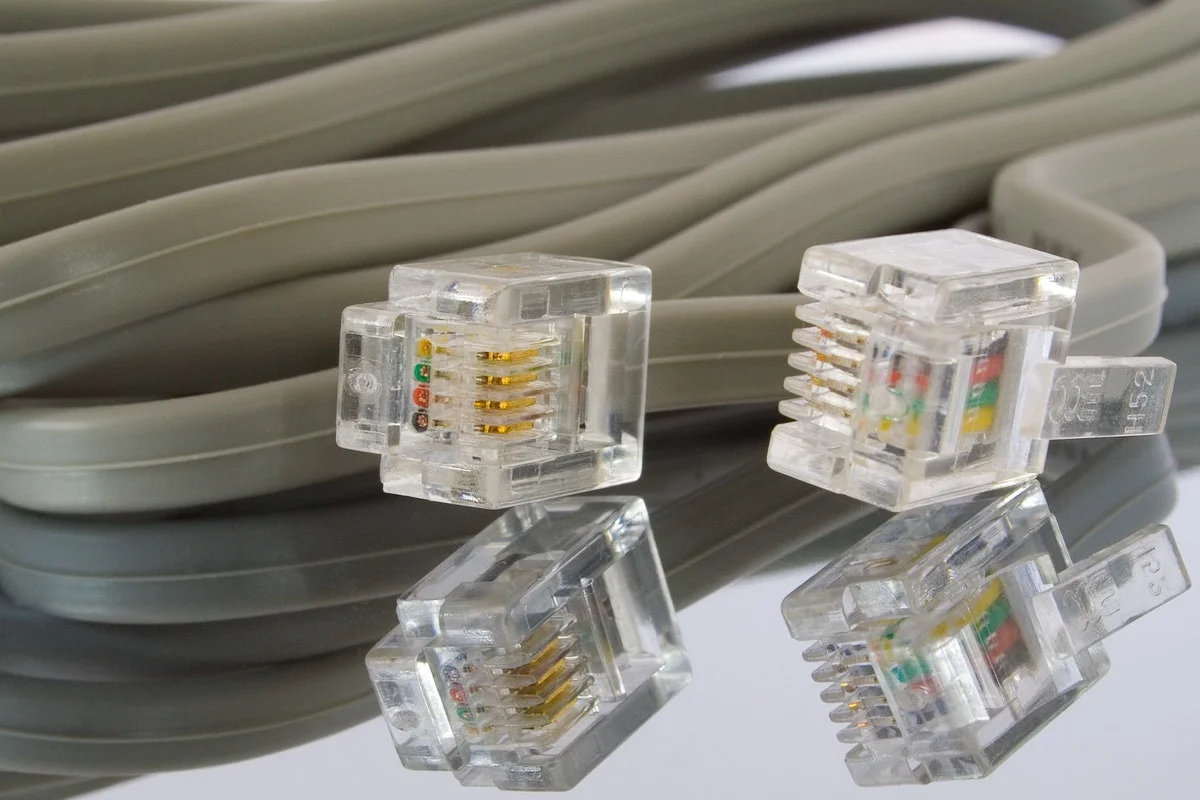
Broadband usage has increased tremendously in the last decade. Wi-Fi has become the source for providing users with stable and reliable internet connections. But since multiple wireless devices are connected to the same network, they are prone to be hacked. To keep the devices protected, there are several security standards and types. Your Wi-Fi connection also has one if you have an active password for it. Thus, it is important to understand the different types of broadband security protocols that exist and which one is the safest.
Types of Broadband Security Protocols
There are four protocols - a) Wired Equivalent Privacy (WEP), b) Wi-Fi Protected Access (WPA), c) Wi-Fi Protected Access 2 (WPA2), and d) Wi-Fi Protected Access 3 (WPA3). Let’s take a detailed look into each of the protocols.
Firstly, the WEP protocol is the oldest there is and was introduced in September 1999. It is the least safe and stable protocol amongst all the ones that exist today and was discontinued by the Wi-Fi Alliance in the year 2004 because of its better alternative - WPA.
The WPA came with better features and had a Temporary Key Integrity Protocol (TKIP), a 128-bit dynamic key which was much better than the WEP static, unchanged key in terms of security.
Then came the WPA2. It was an enhanced WPA version that replaced the TKIP with Counter Mode Cipher Block Chaining Messaging Authentication Code Protocol (CCMP). The WPA2 was better than the WPA in encrypting data. Owing to this reason, the Wi-Fi alliance in 2006 said that all Wi-Fi devices must include WPA2 in their system.
Lastly, the WPA3 is the latest Wi-Fi security protocol which started coming with the routers built in 2019 and later. It aims to make public Wi-Fi networks safer from getting into the hands of hackers.
These are all the broadband security protocols you should know about. You can check the security protocol that your Wi-Fi network uses by going to the Wi-Fi settings of your device and checking the network details.















